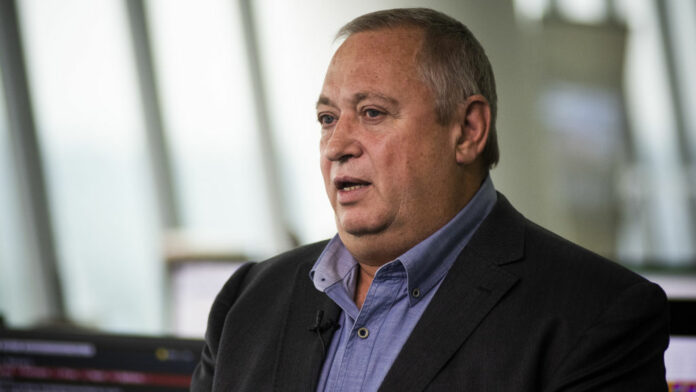
SIBANYE-Stillwater will consider additional restructuring of its operations after outlining on Tuesday R6.6bn in capital expenditure cuts in the last 12 months amid plungeing prices for nickel and platinum group metals (PGMs).
Neal Froneman, CEO of Sibanye-Stillwater said that if current metal prices persisted “earnings are going to remain under pressure and, with ongoing inflationary cost pressure, there may be further restructuring required”.
Nearly half of the savings from restructuring (R3bn) was achieved at the firm’s US PGM mine Stillwater after Sibanye-Stillwater called time on a proposed expansion to 700,000 ounces a year of palladium and platinum. Production for 2024 is expected to be between 440,000 to 460,000 oz.
A further R750m was ‘saved’ after cutting operations at the firm’s South African PGM operations Simunye, Siphumelele and Rowland shafts and 4 Belt shaft.
In terms of the gold business, the closure of Kloof shaft and deferral of the Burnstone project cut R1.1bn and R1.2bn from the firm’s operating and capital bills respectively. The closure of Beatrix 4 Shaft and Kloof 2 processing plant saved R500m.
The group is considering deferring capital expenditure at its Keliber lithium project in Finland after the project ran into permitting delays. In an unrelated measure, Sibanye-Stillwater may also hedge some of its hedge metal production.
Froneman was commenting in the firm’s 2023 financial results for the 12 months ended December in which the group posted a basic earnings loss of R37.7bn (2022: R18.4bn). Sibanye-Stillwater consequently passed the final dividend.
The losses were heavily skewed towards the second half of the financial year after impairing assets for R47.5bn. On a headline earnings basis, which strips out non-recurring events, the company posted a R1.78bn headline profit (R18.4bn).
Despite the financial pressure Froneman said he remained upbeat about the PGM markets where price corrections were deemed to be temporary. “We are confident that the PGM price weakness during 2023 does not signal a structural change in PGM fundamentals like that of the nickel market, but is more temporary in nature and we are beginning to see increasing signs which support a better demand outlook,” Froneman said.
But he was less optimistic about nickel where price pressure was of a structural nature. The group’s nickel refinery Sandouville has remained open for now, however. This was after “positive results” from a concept study testing if the facility could produce a ‘precursor metal’ called pCAM rather than nickel sulphate. A feasibility study on Sandouville’s conversion is planned.
Both Sandouville and Stillwater were still lossmaking but Froneman said he intended to keep both open, especially Stillwater which had strategic value given its US location where Sibanye-Stillwater hopes to establish itself as a critical minerals supplier.
Froneman doubled down on Sibanye-Stillwater’s growth plans for lithium and other battery minerals saying that the first capex for the group’s $490m US lithium and boron project Rhyolite Ridge could begin in the second half of the current financial year.
In a nod to the times, however, he acknowledged merger and acquisition activity may take the backseat while the firm protected its balance sheet. “While we continue to look at selective M&A which will complement our existing business, our focus for now is on the group’s strategic essentials with a major focus on reducing both operating and capital costs and improving efficiencies whilst managing our operating entities and projects using the existing balance sheet,” said Froneman.
In terms of balance sheet stability, the group was “well below” its mid-cycle comfort ratio of 1x debt to adjusted Ebitda with a ratio of 0.58x. The company said it had cash on hand of R25.5bn and some R24bn in undrawn debt facilities “providing ample liquidity headroom and financial flexibility”.









